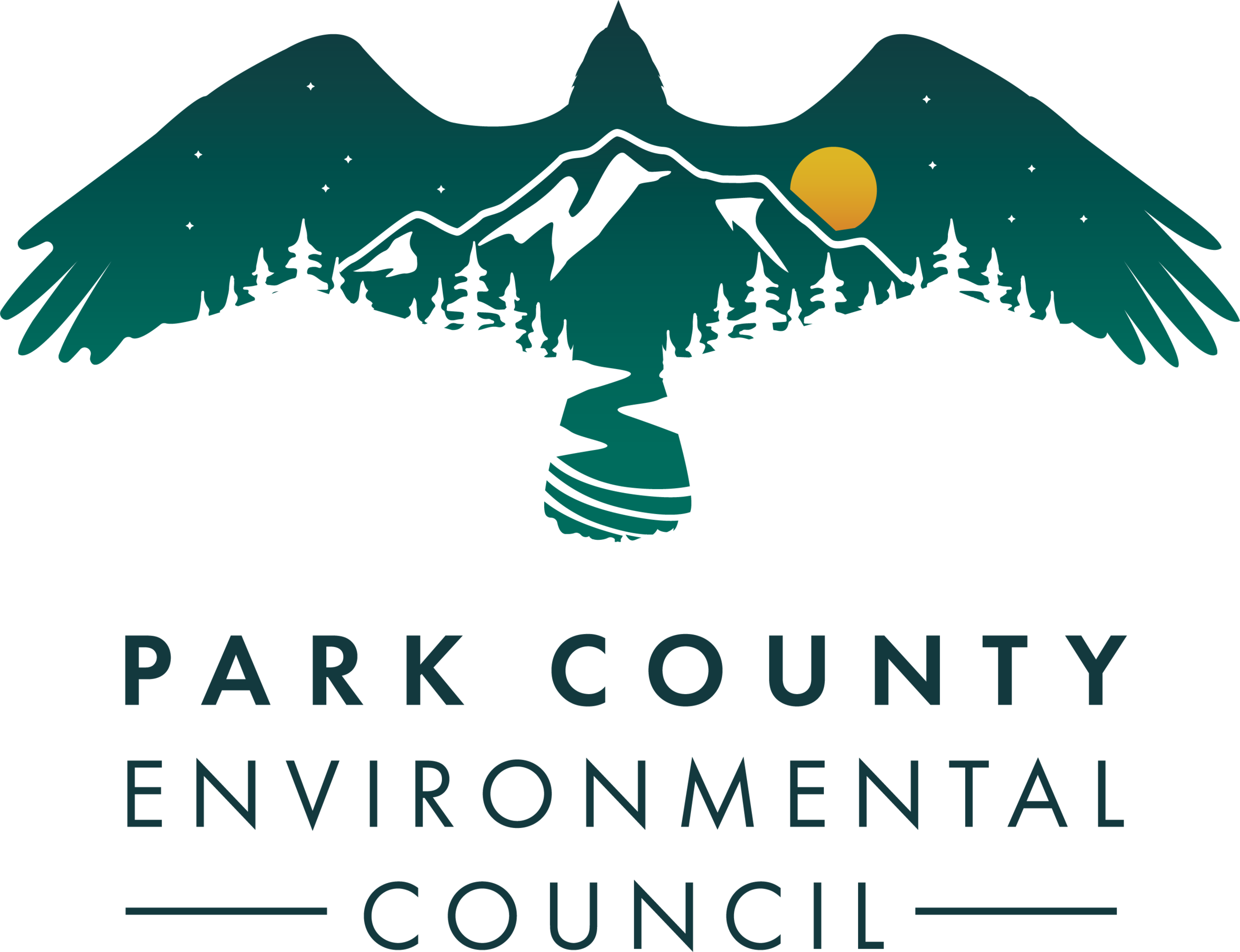Tell Montana Rail Link: More cleanup is needed on the Yellowstone River!
June 24th train derailment. Photo courtesy Chris Boyer & Kestrel Aerial Services
Our friends at Montana Freshwater Partners (MFP) just shared some troubling news with us regarding the train derailment that spilled a large quantity of liquid asphalt into the Yellowstone River earlier this summer. Apparently, despite a much publicized clean up effort there still remains a significant quantity of the tar-like substance in the river and along the banks.
MFP conducted reconnaissance earlier this week and found numerous (too many to count) patches of this tar in gravel bars, on sandy beaches and along the banks of the river. More cleanup is urgently needed.
Liquid Asphalt on the banks of the Yellowstone River.Photo courtesy Montana Freshwater Partners
Here is some background on the situation that Montana Freshwater Partners shared with us today:
On June 24, 2023, a train carrying molten asphalt derailed as a result of a bridge collapse plunging 10 loaded cars into the Yellowstone River near Columbus, Montana. As much as 500,000 pounds of liquid asphalt was spilled, contaminating the Yellowstone River for miles downstream. Despite posing a threat to human and wildlife health and river ecology, only a fraction of the molten asphalt was removed from the Yellowstone. Thousands of pounds of asphalt sludge remain in our beloved Yellowstone.
In a conversation with Environmental Protection Agency representatives on Tuesday, August 8th, MFP learned that the first phase of Yellowstone clean-up is considered complete “over thresholds of a certain size” and that they plan to “let natural attenuation and future flooding remove the remaining material”. In other words, they picked up the big stuff and they are leaving the rest for us - leaving it to “dissipate” downstream where it is settling on gravel bars, shorelines, and diversion dams, and entering head-gates that feed irrigation canals.
An informal site survey was performed this past weekend. Beginning at the derailment area and continuing over 30 miles downstream, it showed a profuse amount of plainly evident asphalt and oil deposits. While the molten asphalt contains oil, it is not a pure oil that was deposited into the Yellowstone River. The deposited asphalt mix contains binding properties that encourage the substance to bind together and form balls or, in hotter temperatures, to turn into a sticky, taffy-life substance. As a result, the asphalt is somewhat inert when exposed to the relatively cold water of the river but when it reaches the shore or structures and begins to warm up it becomes gelatinous and extremely tacky. Where our boats, gear, and skin were exposed to this asphalt substance it was nearly impossible to remove. Any small animals, birds, reptiles, or invertebrates that are similarly exposed will suffer very dire consequences.
PCEC agrees with MFP that the extensive amounts of remaining asphalt pollutants represent an unacceptable standard for clean-up following the derailment. We are asking that the Montana Department of Environmental Quality (MDEQ), the Environmental Protection Agency (EPA), and Montana Rail Link (MRL) continue with a more comprehensive, thorough, and appropriate clean-up effort. Too many lives and livelihoods depend on the Yellowstone River to accept substandard remediation after a spill of this magnitude.
If you're on the river downstream from the spill we need your help! Scan the QR code provided here to download MFP's free, easy to use “Clean Up Our Yellowstone” app or request a link to the app by emailing info@freshwaterpatners.org. Use the app to easily drop a pin and map the location of any contaminated sites you encounter. You can add notes and photos to each site you map. The information you provide will be shared with MDEQ, EPA, and MRL representatives and used to quantify the extent of the remaining pollution and to demand more extensive clean-up efforts.
You can also email MDEQ, EPA and MRL at the following email addresses and ask them to do more than what the Unified Command determined as acceptable and not wait until 2024 to finish the cleanup job:
DEQ: LAlheim@mt.gov


